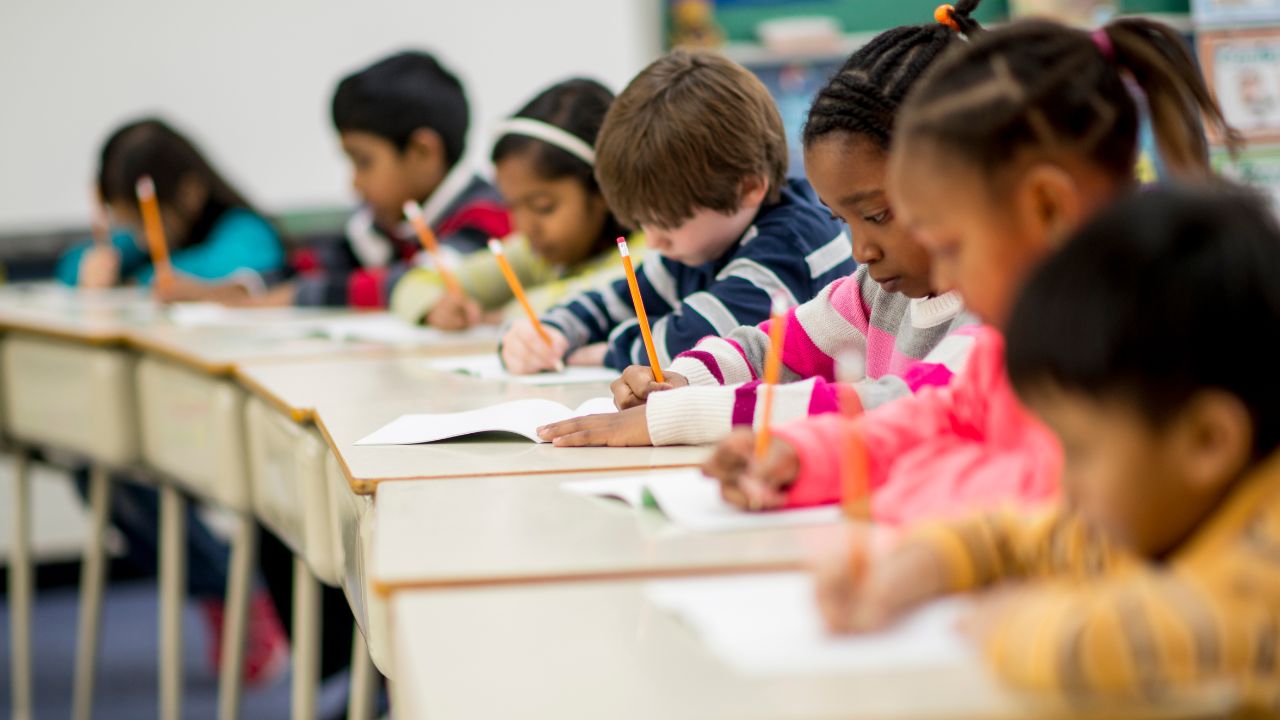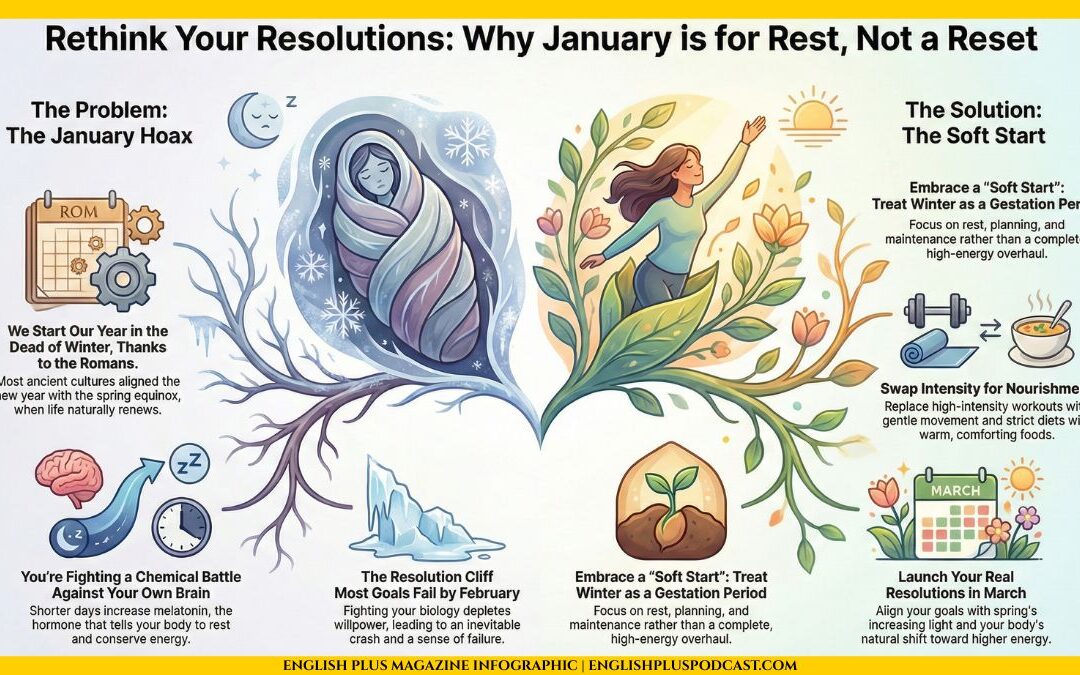- Proponents of Standardized Testing: The Viewpoint
- The Drawbacks of Standardized Testing: An In-Depth Look
- Exploring Alternative Assessment Methods
- The Future of Assessment: A Balanced Approach
- Keywords
- Key Takeaways
- FAQs
- How can standardized testing mitigate bias and subjectivity in evaluating student performance?
- What are some potential drawbacks of teaching to the test?
- How can alternative assessment methods address the limitations of standardized testing?
- What measures can be taken to reduce the socioeconomic disparities associated with standardized testing?
- How can formative assessments benefit student learning?
- What are the challenges in implementing alternative assessment methods on a large scale?
- How can standardized testing be improved to address its limitations?
- How can policymakers strike a balance between accountability and reducing the negative consequences of standardized testing?
- How can schools encourage a more holistic approach to education while still meeting assessment requirements?
- How can educators involve students in the assessment process and promote self-directed learning?
- Myth Buster
- Myth: Standardized testing accurately measures a student’s intelligence and potential.
- Myth: Standardized testing is the only way to hold teachers and schools accountable.
- Myth: Standardized tests are completely unbiased and objective.
- Myth: Teaching to the test improves student learning outcomes.
- Myth: Alternative assessment methods are not rigorous or reliable.
- Myth: Standardized testing is the only way to compare student performance across diverse backgrounds and education systems.
- Myth: Standardized testing accurately reflects the quality of education provided by a school.
- Myth: Standardized testing is the most cost-effective method of assessment.
- Myth: Standardized testing accurately predicts a student’s success in college or future career.
- Myth: Standardized testing eliminates the need for teacher judgment in assessing students.
- Test Your Knowledge
As educators, policymakers, students, and parents navigate the ever-evolving landscape of education, one topic that persistently demands attention is standardized testing. A hotbed of debate, this assessment method is either revered as an equalizer or reviled as a rigid, single-dimensional measure of intelligence. This article aims to delve into the pros and cons of standardized testing, whilst exploring alternative assessment methodologies that promise a more holistic educational approach.
Proponents of Standardized Testing: The Viewpoint
Objectivity and Comparability
Standardized testing, rooted in objectivity, offers a consistent metric for evaluating student performance across various parameters. Since these exams are uniformly administered and scored, they mitigate bias or subjectivity, thus enabling comparability across a diverse spectrum of students.
Identifying Gaps in Learning
Standardized tests can spotlight areas where students, or even whole school districts, struggle. Identifying these educational gaps can guide curriculum developers and educators in adjusting their teaching strategies or material to address the issues.
Accountability
These tests also hold teachers and schools accountable. The results of standardized testing can influence funding, resources, and teacher evaluations, which can incentivize educators to strive for better student outcomes.
College Readiness
Moreover, these tests, such as the SAT or ACT, often serve as critical indicators for college admissions officers. They can provide a uniform measure to compare students from diverse backgrounds and education systems.
The Drawbacks of Standardized Testing: An In-Depth Look
Limitations in Measuring Intelligence
One of the major criticisms of standardized testing is its alleged inability to accurately gauge a student’s intelligence or potential. These tests primarily focus on rote memorization and do not evaluate critical thinking, creativity, or problem-solving skills — elements that are essential for success in real-world scenarios.
Pressure and Stress
High-stakes standardized tests can induce stress and anxiety in students, who might feel that their futures hinge on a single exam. This stress can impair student performance and mental health, and even deter their love for learning.
Teacher and School Pressure
The accountability factor of standardized testing can also have a downside. Teachers may experience pressure to “teach to the test”, focusing solely on test content rather than fostering a comprehensive, engaging learning environment. This can also lead to unethical practices, such as cheating, to maintain a school’s reputation or funding.
Socioeconomic Disparities
Standardized tests may unintentionally favor students from affluent backgrounds, who have access to test-preparation resources, tutors, or private schools that gear their curriculum towards these tests. Consequently, it may deepen the educational inequality divide, rather than bridge it.
Exploring Alternative Assessment Methods
The aforementioned pros and cons of standardized testing lead us to the exploration of alternative assessment methods that can provide a more encompassing view of a student’s abilities.
Portfolio-Based Assessment
A portfolio-based approach allows students to display their understanding through a collection of their work over time. This method highlights the student’s progress and provides a multifaceted picture of their abilities, emphasizing growth and development.
Performance-Based Assessment
This method allows students to demonstrate their understanding of the curriculum through performing a specific task or project. It promotes practical application of knowledge, critical thinking, and problem-solving skills — all integral for real-world success.
Peer and Self-Assessment
This strategy encourages students to assess their own work or that of their peers. This not only enhances their understanding but also develops critical analysis and reflective skills.
Teacher-Made Tests
Tests developed by teachers, who are familiar with their students’ abilities and the classroom dynamic, can be more effective in evaluating students. These tests can be tailored to the curriculum, and can focus on understanding, rather than memorization.
Formative Assessment
Formative assessments, such as quizzes, discussions, or in-class activities, allow teachers to monitor student learning and provide ongoing feedback. This iterative learning approach can significantly enhance student understanding and retention.
The Future of Assessment: A Balanced Approach
While the debate around standardized testing continues, it’s clear that a multifaceted approach to student assessment is more likely to accurately reflect a student’s capabilities and potential. This approach would include standardized testing as a part of a much larger toolkit, complemented by alternative methods that highlight different aspects of student learning.
In an increasingly diverse and complex world, education should aim to cultivate well-rounded individuals, armed with a plethora of skills. As such, our assessment methods must also evolve to reflect this diversity and complexity.
In conclusion, despite the inherent pros and cons, standardized testing should not be discarded entirely. Instead, the focus should be on designing a balanced, comprehensive, and inclusive system of assessment that appreciates the multifarious facets of student learning and development. As educators and policymakers continue to refine and reimagine our education system, it is crucial that we remain student-centric, prioritizing not just the acquisition of knowledge, but the holistic development of each learner.
Keywords
- Standardized testing: A method of assessment in which all students are administered the same set of questions or tasks, and the results are compared using a consistent scoring system.
- Objectivity: The quality of being unbiased and impartial, based on facts rather than personal opinions or emotions.
- Comparability: The ability to make meaningful comparisons between different individuals or groups based on standardized criteria or measures.
- Gaps in learning: Areas where students, or entire school districts, struggle or have deficiencies in their understanding or knowledge.
- Accountability: The responsibility or obligation to demonstrate effectiveness or meet specific standards, often associated with consequences for performance.
- College readiness: The level of preparedness a student has to succeed academically in college or university.
- Rote memorization: The process of learning information through repetition without necessarily understanding the underlying concepts or principles.
- Critical thinking: The ability to analyze, evaluate, and make reasoned judgments or decisions based on evidence and logical reasoning.
- Performance-based assessment: An evaluation method that measures a student’s understanding and skills through the completion of specific tasks or projects.
- Formative assessment: An ongoing process of gathering evidence and providing feedback to monitor student learning and guide instructional decisions.
Key Takeaways
- Standardized testing provides a consistent metric for evaluating student performance and enables comparability across diverse populations.
- These tests can identify gaps in learning, guiding educational strategies and curriculum development.
- Standardized testing holds teachers and schools accountable and can influence funding, resources, and evaluations.
- Critics argue that standardized testing has limitations in measuring intelligence and may induce stress and anxiety in students.
- The accountability factor may lead to teaching to the test and unethical practices, and the tests may unintentionally favor affluent students.
- Alternative assessment methods, such as portfolio-based assessment and performance-based assessment, offer a more holistic view of student abilities.
- Peer and self-assessment, teacher-made tests, and formative assessment are additional alternative methods that enhance student understanding and development.
- A balanced approach to assessment combines standardized testing with alternative methods to provide a comprehensive view of student learning.
- Education should aim to cultivate well-rounded individuals with diverse skills, requiring assessment methods that reflect this diversity.
- Standardized testing should not be discarded entirely but should be part of a comprehensive and inclusive assessment system.
FAQs
How can standardized testing mitigate bias and subjectivity in evaluating student performance?
Standardized testing aims to provide an objective and consistent metric for evaluating student performance by administering the same test to all students and using a standardized scoring system. This approach reduces the influence of individual biases and subjective judgments that may arise when different teachers or evaluators assess students using different criteria. By establishing a common standard, it allows for comparability across diverse populations and educational settings.
What are some potential drawbacks of teaching to the test?
Teaching to the test refers to an instructional approach that focuses solely on the content and format of standardized tests, often at the expense of fostering a comprehensive and engaging learning environment. This approach may limit the development of critical thinking, problem-solving skills, and creativity in students. It can lead to a narrow curriculum that prioritizes memorization over understanding and application of knowledge. Additionally, teaching to the test may contribute to increased stress and anxiety among students and promote unethical practices like cheating.
How can alternative assessment methods address the limitations of standardized testing?
Alternative assessment methods offer opportunities to evaluate a broader range of student abilities and attributes that may not be captured by standardized testing alone. For example, portfolio-based assessment allows students to showcase their progress and growth over time, highlighting their development and understanding. Performance-based assessment focuses on practical application, critical thinking, and problem-solving skills, which are essential for real-world success. Peer and self-assessment promote self-reflection and critical analysis. These alternative methods complement standardized testing and provide a more comprehensive view of student learning.
What measures can be taken to reduce the socioeconomic disparities associated with standardized testing?
To address socioeconomic disparities related to standardized testing, it is crucial to ensure equal access to resources and support for all students. This includes providing test preparation resources, tutors, and guidance to students from disadvantaged backgrounds. Additionally, schools and policymakers can focus on creating a more equitable education system that bridges the educational inequality divide. This can involve implementing targeted interventions, improving the quality of education in underserved areas, and addressing socioeconomic factors that affect student performance.
How can formative assessments benefit student learning?
Formative assessments, such as quizzes, discussions, or in-class activities, serve as ongoing checks for student understanding and provide timely feedback. These assessments allow teachers to monitor student progress, identify areas of strength and weakness, and adjust instruction accordingly. By providing immediate feedback and guidance, formative assessments support student learning and help improve retention of knowledge. They also promote active engagement and participation, fostering a more interactive and student-centered learning environment.
What are the challenges in implementing alternative assessment methods on a large scale?
Implementing alternative assessment methods on a large scale may present challenges such as scalability, consistency, and standardization. It can require significant resources, time, and training for teachers to adopt and implement these methods effectively. Ensuring consistency and fairness across different schools and districts can be a challenge, as it may involve developing clear guidelines and rubrics for assessment. Additionally, alternative methods may require more subjective judgment and interpretation, which can introduce some degree of variability.
How can standardized testing be improved to address its limitations?
To improve standardized testing, there can be a shift towards including more elements that assess critical thinking, problem-solving, and creativity. The focus can move beyond rote memorization and incorporate questions or tasks that require deeper understanding and application of knowledge. Additionally, test formats can be diversified to accommodate different learning styles and abilities. Standardized testing can also be supplemented with other assessment methods to provide a more comprehensive view of student abilities, allowing for a more holistic evaluation.
How can policymakers strike a balance between accountability and reducing the negative consequences of standardized testing?
Policymakers can strike a balance by recognizing the limitations of relying solely on standardized test scores for accountability purposes. They can consider additional factors, such as student growth over time, qualitative measures of teaching effectiveness, and student feedback. This broader approach to accountability can provide a more comprehensive and fair evaluation of schools and educators, while also reducing the potential negative consequences associated with high-stakes testing. It is important to foster a culture of continuous improvement and support rather than punitive measures.
How can schools encourage a more holistic approach to education while still meeting assessment requirements?
Schools can encourage a more holistic approach to education by incorporating alternative assessment methods into their curriculum and instructional practices. This can involve providing opportunities for project-based learning, portfolio development, and performance assessments. By integrating these methods, schools can assess a wider range of student abilities, foster critical thinking and problem-solving skills, and promote a more comprehensive understanding of concepts. It is essential to strike a balance between meeting assessment requirements and prioritizing a well-rounded education that goes beyond test preparation.
How can educators involve students in the assessment process and promote self-directed learning?
Educators can involve students in the assessment process by incorporating peer and self-assessment activities. This can include opportunities for students to evaluate their own work, reflect on their learning process, and provide constructive feedback to their peers. By engaging students in self-assessment, educators encourage metacognition and develop students’ abilities to assess their own strengths and weaknesses. This approach promotes a sense of ownership and responsibility fortheir learning, encourages self-directed learning, and fosters the development of critical analysis and reflective skills.
Myth Buster
Myth: Standardized testing accurately measures a student’s intelligence and potential.
Reality: Standardized testing primarily assesses a student’s ability to recall information and perform well under test conditions. It does not provide a comprehensive measure of intelligence, creativity, or critical thinking skills, which are essential for success in real-world scenarios.
Myth: Standardized testing is the only way to hold teachers and schools accountable.
Reality: While standardized testing can be a tool for accountability, it should not be the sole determinant of a teacher’s effectiveness or a school’s performance. Factors such as student growth, qualitative measures of teaching, and student feedback should also be considered to provide a more comprehensive evaluation.
Myth: Standardized tests are completely unbiased and objective.
Reality: While standardized tests aim to minimize bias and subjectivity, they are not entirely free from these influences. Factors such as the cultural background, language proficiency, and socioeconomic status of students can impact their performance on these tests, leading to potential biases.
Myth: Teaching to the test improves student learning outcomes.
Reality: Focusing solely on teaching to the test can limit students’ understanding and hinder the development of critical thinking and problem-solving skills. It may result in a narrow curriculum that prioritizes memorization over deeper comprehension and application of knowledge.
Myth: Alternative assessment methods are not rigorous or reliable.
Reality: Alternative assessment methods, when properly designed and implemented, can be rigorous and reliable measures of student learning. They often provide a more comprehensive view of student abilities and promote skills necessary for real-world success.
Myth: Standardized testing is the only way to compare student performance across diverse backgrounds and education systems.
Reality: While standardized tests provide a uniform measure, they may not account for the contextual differences and diverse strengths that students from various backgrounds possess. Alternative assessment methods that consider individualized progress and growth can provide a more nuanced understanding of student capabilities.
Myth: Standardized testing accurately reflects the quality of education provided by a school.
Reality: Standardized testing measures only a subset of student performance and may not capture the full breadth of a school’s educational quality. Factors such as student engagement, teacher-student relationships, extracurricular activities, and community involvement are essential aspects of a well-rounded education that are not reflected in test scores alone.
Myth: Standardized testing is the most cost-effective method of assessment.
Reality: While standardized tests may have upfront costs, they often require significant resources for test administration, scoring, and data analysis. Alternative assessment methods, such as teacher-made tests or portfolio assessments, may provide a more cost-effective approach that leverages existing classroom resources.
Myth: Standardized testing accurately predicts a student’s success in college or future career.
Reality: Standardized tests, such as the SAT or ACT, provide only one aspect of a student’s college readiness. Success in college and careers depends on a range of factors, including motivation, adaptability, interpersonal skills, and a strong work ethic, which cannot be fully captured by standardized tests alone.
Myth: Standardized testing eliminates the need for teacher judgment in assessing students.
Reality: While standardized testing provides a standardized measure, teacher judgment and expertise play a crucial role in assessing students’ progress and understanding. Teachers can provide valuable insights into students’ abilities, strengths, and areas for improvement, which are not captured by standardized tests.
Test Your Knowledge
What is one advantage of standardized testing?
a) It measures critical thinking skills.
b) It reduces educational inequality.
c) It offers a holistic view of student abilities.
d) It provides objectivity and comparability in evaluation.
D
What is one drawback of standardized testing?
a) It promotes creativity and problem-solving skills.
b) It induces stress and anxiety in students.
c) It measures a student’s potential accurately.
d) It eliminates the need for alternative assessment methods.
B
Which alternative assessment method focuses on students’ growth and development over time?
a) Performance-Based Assessment
b) Peer and Self-Assessment
c) Portfolio-Based Assessment
d) Teacher-Made Tests
C
What is one way standardized testing may contribute to educational inequality?
a) By promoting collaboration and teamwork.
b) By favoring students from affluent backgrounds.
c) By measuring critical thinking skills effectively.
d) By encouraging holistic learning experiences.
B
Why is a balanced approach to assessment recommended?
a) To eliminate the need for standardized testing.
b) To focus solely on alternative assessment methods.
c) To accurately reflect different aspects of student learning.
d) To increase competition among students.
C










0 Comments